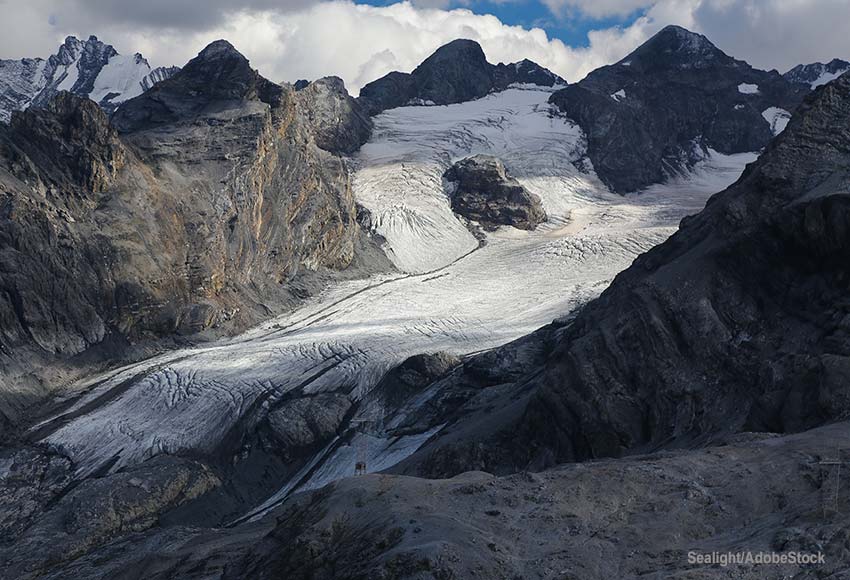FAQ about Glaciers

8. How many glaciers are there on Earth and which are the highest?
Currently, “more than 200,000 glaciers have been identified in the world, of which around 18,600 are located in World Heritage sites,” according to the newspaper El País, which takes the information from Carvalho Resende, main author of the UNESCO report. . “The World Heritage glaciers cover an area of about 66,000 square kilometers, which represents almost 10% of the Earth’s glacial surface,” adds Carvalho.
Among the highest glaciers in the world we can mention those located on Mount Everest, in the Himalayas, with about 8850 m. Tall. In Africa we have Mount Kilimanjaro, in Tanzania. In Alaska, the Malaspina glacier is the largest in North America, 65 km wide, 45 km long and with a surface area of approximately 3,900 km².
Through satellite images, it has been concluded that all of these glaciers, during the 21st century, have been receding.
FAQs about glaciers
1. What are glaciers, how long do they take to form and retreat?
2. What is the difference between a glacier, an iceberg and an ice pack?
3. What benefits do glaciers provide us?
4. Why are glaciers and other ice the Earth’s sunscreens?
5. What would happen if all the glaciers on Earth melted?
6. Did you know that Venezuela is the first country in the world to lose its last glacier?
8. How many glaciers are there on Earth and which are the highest?
Other sections of Glaciers
Video Gallery
The Planets In Our Solar System
